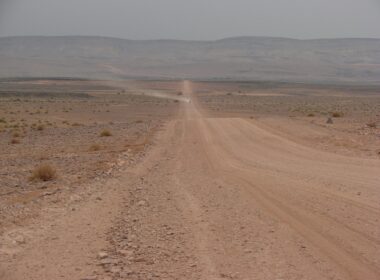The verdict is in: We’re moving to a four-day work week.
Well, not quite. I’m sure you’ve seen the news, smattered across the interwebs: A recent UK study, one of the largest of its kind, found major benefits to workers’ health and productivity in companies piloting the truncated work week.
This has caused quite a stir. Employees from tech to manufacturing are applauding the change, while the powers that be seem to be largely in favor: a majority plan to stick with four working days.
This is a coup for burned-out employees, to be sure, but there are two key elements of the study that should be spotlighted before we start planning three-day-long benders.
First, a majority of the companies included in the study were European. There’s a general understanding on this side of the pond that Europe enjoys a better work-life balance — it’s a cultural cornerstone. And while research has tried to unpack the “why” (TIME magazine wrote at length in 2017 about the government policies that led to 25 federally mandated vacation days in France, for example), it’s practically a given.
Americans, on the other hand, are bootstrapping workaholics who, according to one NBC reporter, “[talk] about their own work ethic, somebody else lacking work ethic, or the value of hard work” constantly. How do we propose — let alone celebrate — a move to a shorter work week when work is our identity?
The other obstacle to a broad American move to the four-day work week: Profit-obsessed C-suites.
At the peak of the pandemic, CEOs gushed about their employees — how much they value their health and wellbeing. Generous corporate policies followed, including remote work freedoms, no-meeting Fridays, boosted healthcare benefits, and so on.
Then, hard times hit. Profits fell. Boards grew anxious. The convenient catering to work-life balance and wellbeing vaporized. Meetings flooded calendars, time off was scrutinized, work day hours grew. Prioritizing employee wellness was no longer convenient — productivity became the Holy Grail.
I’ve seen this ebb and flow often — and while it’s not always as dramatic as we see during recessions and sharp turns in the market, it’s a constant. If we were, hypothetically, to introduce a four-day work week in American businesses, we would need buy-in at all levels —especially among C-levels and corporate board members. We would need those who call the shots to say, on the record: “This will be the last thing we change, and it will only change if it is the last thing we can do.”
That sort of commitment may happen in pockets, in fits and starts, but it will never be sweeping. Not in work ethic-obsessed America.
How do I know? Even the existing weekend is not sacred. Forbes reported in 2017 — and other publications have underscored since — that weekend work is the “new normal.” Some 70% of employees in Forbes’s cited study said they work at least one weekend a month, and 63% said it was expected. If our current two-day weekend isn’t sacred, how can we possibly expect a three-day weekend to be?
Best case scenario (my personal prediction): We’ll see a slow-moving trend toward four-day work weeks in some sectors in the United States. It’s popular, and employers want employees to be happy enough to remain engaged and not jump ship.
At some point, however, we’ll see it curtailed, likely during market downturns. We may even seen work invading Saturday and Sunday — again. This will ebb and flow as long as our identity is work and, as The Atlantic copped, workism our religion.
I hope to God I’m wrong.










